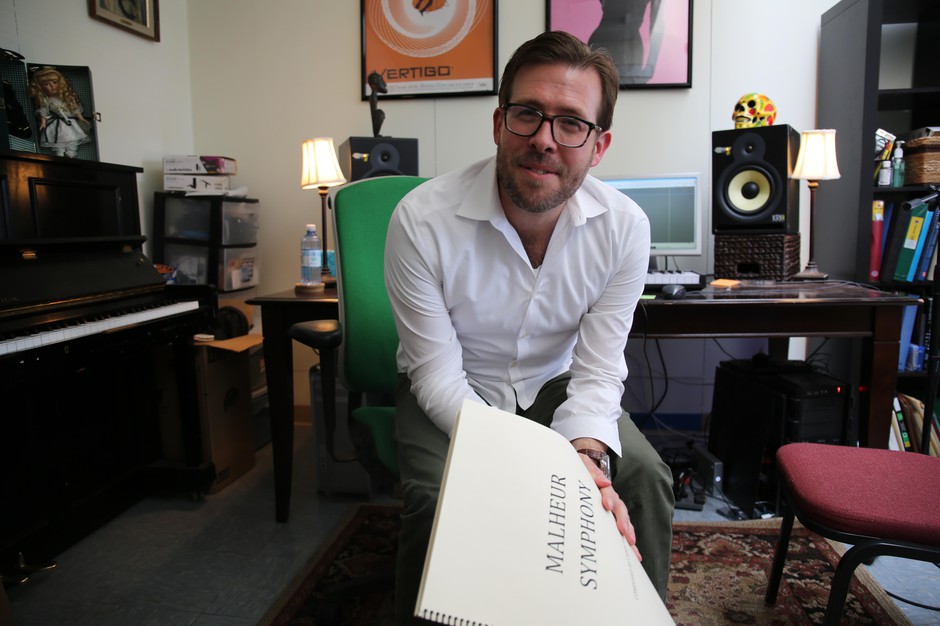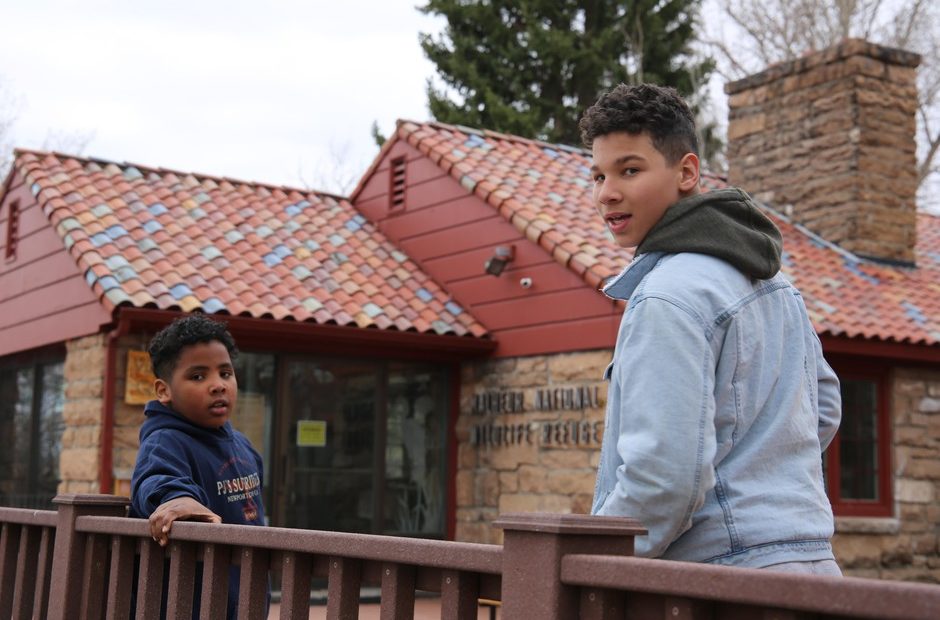
3 Years After Malheur Occupation, A Symphony For Burns Community Seeks Healing
Listen
BY EMILY CURETON / OPB
The Malheur National Wildlife Refuge became a household name in 2016, not for its beautiful scenery or because 300 bird species flock there, but because a militant, anti-government group had taken over headquarters for 41 days, leading to a fatal shooting. Three years later, an Oregon symphony offers music as healing.
Composer Chris Thomas was commissioned by the Central Oregon Symphony Association to celebrate natural wonders and communities in the Harney Basin, which has supported human imagination for more than 10,000 years. The resulting symphony conjures the history of the Harney Basin in five movements.
THOMAS: The message to the piece is to find healing in common ground with people around you. That’s ultimately what I wanted from this.
My very first experience out there was stepping out of the car in the middle of the basin and feeling the sense of openness and sacredness. I thought, “That right there has to mean something musically.”
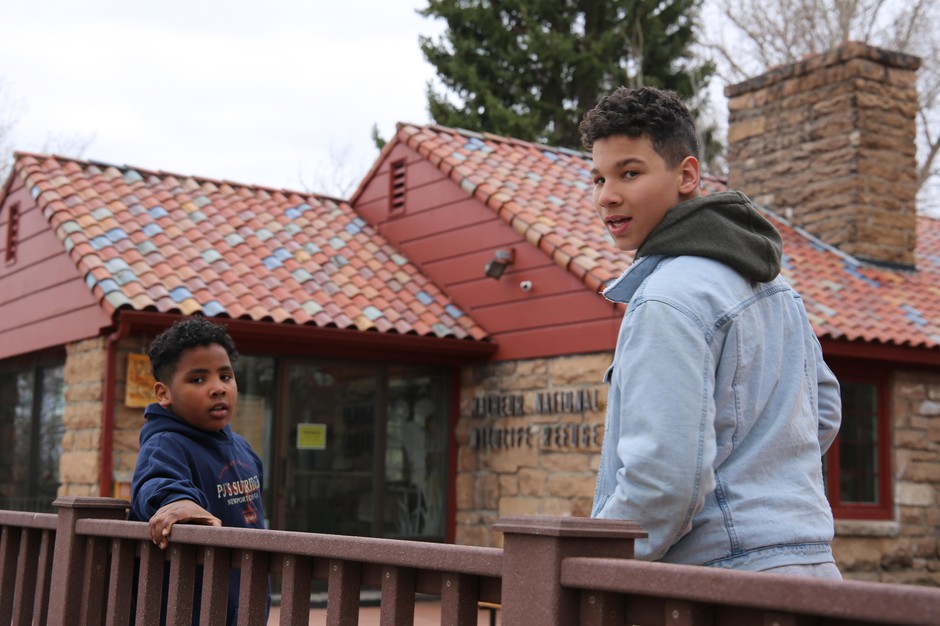
Jaylin Price, left, and Niyati Graf recently moved to Burns and visited the Malheur National Wildlife Refuge for the first time on April 16, 2019. CREDIT: Emily Cureton/OPB
The symphony begins with the dawning of time, the formation of the Malheur Basin and the first signs of wildlife to show up. Movement 2 [is about] the next momentous event: the first people to show up. Movement 3 is more of a summary of the darker chapters in history, because long before there were anti-government protests, the Paiute people were once forcibly removed from the land. And Movement 4, we needed something about the birds, which are probably the most famous feature of Malheur these days. I think my favorite was the long-billed curlew. It has a special set of calls that happen to be in the key of D harmonic minor. When I wrote the movement, I didn’t compose any new melodies. I only took bits and pieces that the curlew sing. They were so useful I didn’t need to compose anything else.
Then, the last movement just began taking the shape of this bright brassy fanfare and I realized, “Oh! That’s what I’m trying to say!” Be excited about these places. Movement 5 doesn’t really need to be about anything in particular, it’s just looking ahead and celebrating a new and exciting future for places like Malheur.
TEEMAN: There were thousands of people that lived here for thousands and thousands and thousands of years, and we have a responsibility to all of the lands that we call home. With music, individuals typically would have songs that were given to them or that they created to give to the landscape, honor the landscape, and make [it] feel good and be happy with your presence there.
The 2016 occupation was devastating emotionally, for me personally, and also for a good many of our tribal community members, because of the importance of the location. Historically [we] have been unable to have a great deal of access or control over the management of that area, even though it is at the heart of our culture.
I see this [symphony] as an attempt … to help heal the land through music, using music to try and compensate for the damage that was done.
DOVERSPIKE: We are grass managers. If we don’t take care of the land, it won’t be here for the next generation. And because it is hayed every year, [the grass] is tender, new and green, and the birds love it. We live three-quarters of a mile from the paved road. And when I would take the kids to meet the bus at the end of the lane, there would be about 15 kinds of birds along the way, and each week those varieties would change.
If we want to go see a concert of a symphony, we can get in the car and go. It’s five hours one way most of the time. But, this [land] is a concert, and this [land] is a symphony, and the people in Harney County are salt of the earth.
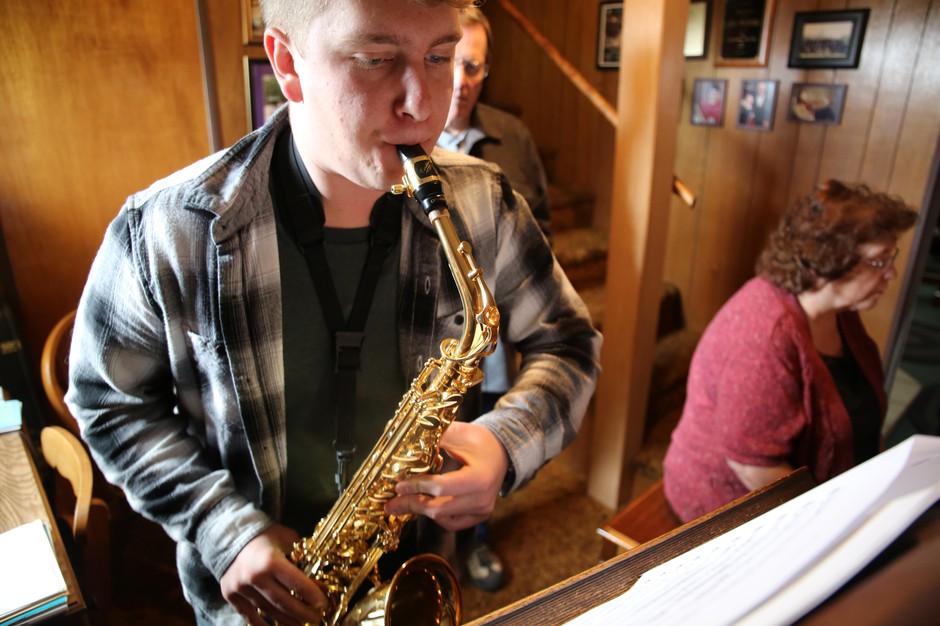
Christian Boyd plays the saxophone, accompanied by music teacher Debby Peckham in Burns, Ore., on April 14, 2019. CREDIT: Emily Cureton/OPB
BOYD: When you live with people and you know them, like, if you go to the store and [say], “Wow. Hey, I know that person,” it creates a community that is not only strong in the first place, but every time something bad happens can get even stronger from that. Damage is inevitable, but because of where we live, growth and healing [are] also inevitable.
I’m really excited because I’m gonna get to play music at my dream school. I mean you couldn’t ask for something better than that. I’ll definitely miss my family and the community and my friends but I’m ready for the next step. I’m going to go where the music takes me.
The Malheur symphony world premiere is May 5 at Burns High School, with performances in Bend May 18, 19 and 20. This transcript has been edited for brevity and clarity.
Copyright 2019 Oregon Public Broadcasting
Related Stories:

Ammon Bundy, Leader In Anti-Government Movement, Running For Idaho Governor In GOP Primary
Anti-government activist Ammon Bundy is running to be Idaho’s next governor, according to documents filed Friday with the Secretary of State’s office.
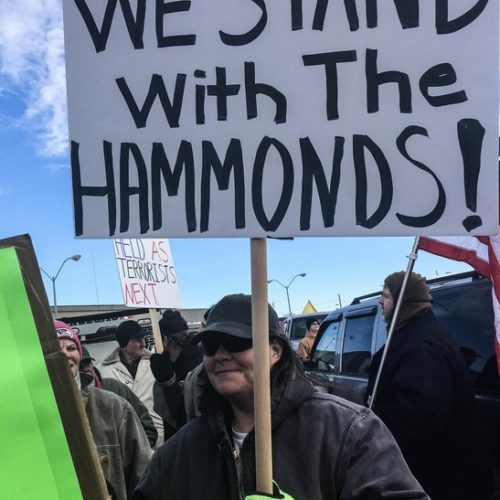
Interior Department Rescinds Grazing Rights For Hammond Family, Reversing Trump Admin’s Decision
It reverses the decision by former President Donald Trump’s Interior secretary, David Bernhardt. He had granted the permit to Dwight and Steven Hammond on Trump’s final day in office. The permit gave the Hammonds the right to graze livestock on public land for 10 years.
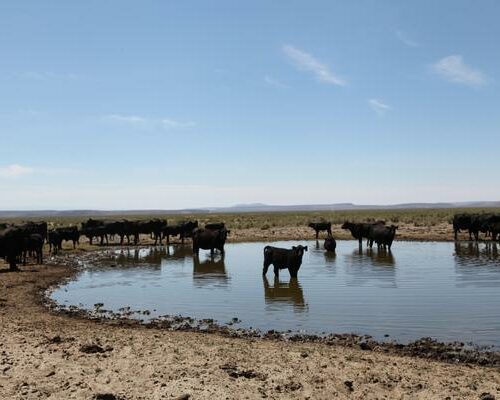
Hammond Family, Previously Pardoned By Trump, Get Back Grazing Rights On Last Day Of Presidency
The U.S. Bureau of Land Management on Tuesday issued a grazing permit and privilege to two eastern Oregon ranchers whose imprisonment sparked the armed takeover of the Malheur National Wildlife Refuge in 2016.

